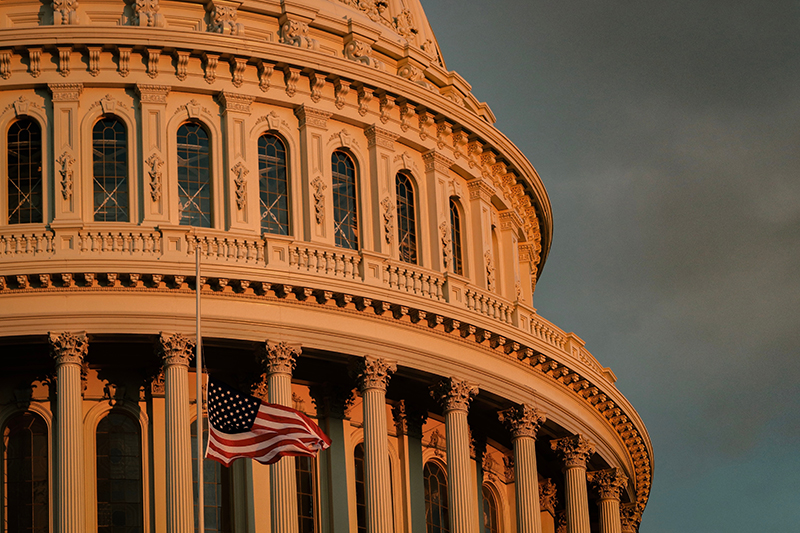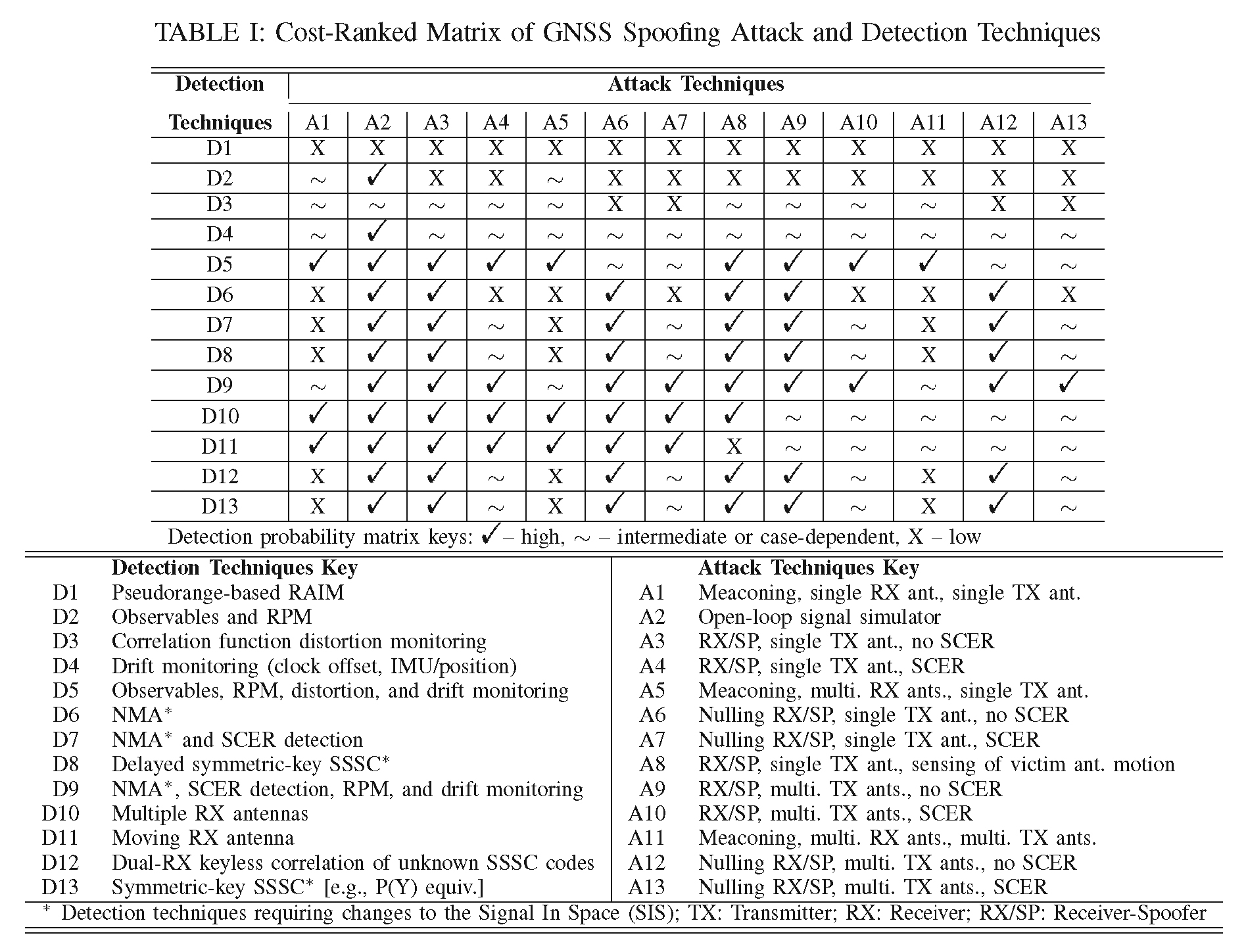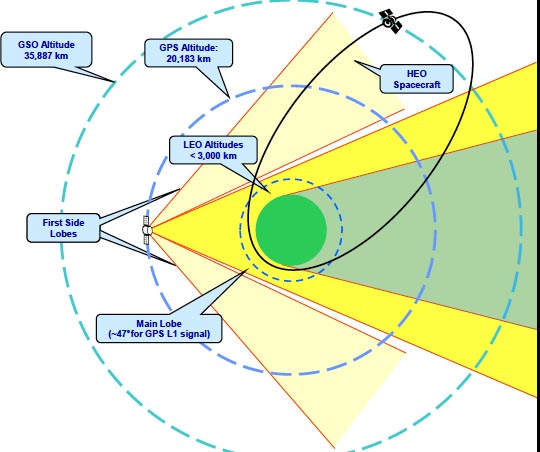The GPS community made real progress during 2018. The first GPS III satellite was launched, the contractor for the GPS IIIF satellites was chosen and work on the new ground system appeared to be on a good track. In addition, after years of waiting, two of three requested Galileo signals were approved for official use in the United States and Congress ordered the building of a backup system for GPS timing.
But all of this was falling into place as the political climate in Washington continued to worsen. Just before Christmas the impasse between congressional Democrats and the White House triggered the nation’s longest federal shutdown, furloughing employees at federal agencies and departments including many supporting civil and international GPS users. With political pressure mounting, and the 2020 presidential election already ratcheting up the stakes, the federal government remained largely frozen as of mid-January 2019.
Though the Department of Defense (DOD) and therefore the GPS program itself are fully funded for fiscal year 2019 (FY19) the fiscal friction and overall turmoil are likely to snarl the already complicated 2020 budget process going forward. This in turn has the potential to slow GPS modernization and as well as hamper the creation of a non-military backup for GPS timing signals. The good news is that returning members of Congress — including some newly empowered members of the Democrat majority in the House — have consistently shown solid, bipartisan support for the GPS program.
Budget 2020
President Trump’s original inclination was reportedly to trim back total military spending in FY20 as part of a larger effort to reduce the deficit. Congress had allocated $716 billion for fiscal year 2019 (which is now underway) and the president had floated the idea of making a $700 billion request for the FY20 defense budget. This would likely have disappointed defense officials who were reportedly angling for a bump up to $733 billion.
Early in December, however, Trump announced he would support a FY20 defense budget request of $750 billion. That number was reportedly in line with a recommendation from a congressionally appointed panel that said defense spending should go up 3 to 5 percent annually.
As of press time [Editor’s Note: This Washington View column was originally published in the January/February 2019 issue of Inside GNSS magazine], however, it was not clear what the final number would be.
David Norquist, the Pentagon comptroller and newly appointed acting deputy secretary of defense, said DOD had a new topline number but officials would not reveal it until the budget came out, according to a report by Air Force Magazine. What is clear is that any of preliminary amounts discussed early on would almost certainly blow through the budget caps put in place by the Budget Control Act of 2011 or BCA — and those limits are still very much in force.
The BCA was adopted as part of an agreement to increase the statutory limit on public debt. It is designed to force the government to get its spending under control and bring the annual federal budget deficits down by a total of at least $2.1 trillion from FY2012 through FY2021. It has separate caps for domestic and defense spending, but approximately half of the savings is to come from defense. The caps are enforced by a mechanism called sequestration.
“Sequestration automatically cancels previously enacted appropriations (a form of budget authority) by an amount necessary to reach prespecified levels,” wrote the Congressional Research Service (CRS) in a July 2018 summary of frequently asked questions about the BCA. (CRS is a part of the Library of Congress that provides nonpartisan research exclusively to Congress.) In other words, if lawmakers blow through the caps, sequestration automatically slashes already approved spending to bring the budget back in line with the predetermined limits.
Sequestration had defense officials howling (with some justification) about cuts a few years back but it hasn’t been an issue lately because early in 2018 the BCA was amended to raise the caps for FY18 and FY19 — but not for fiscal years 2020 or 2021. So in order to get a 2020 defense budget in place, amending the BCA and raising the caps is essential. Without an amendment sequestration will kick in and force draconian across-the-board cuts. Moreover, Congress and the White House will have to get that amendment signed into law before the fiscal year officially ends on September 30 or they won’t be able to use a continuing resolution or CR — their usual tool for extending the budget deadline — while they work out a funding deal.
A CR typically pushes back the deadline for budget approval to a specific date and allows government spending to continue at its current levels in the interim. Since the cap was bumped up for 2019, the 2019 budget is now higher than the 2020 cap set by the BCA. That is government can’t spend at 2019 levels after fiscal year 2019. Relying on a CR without making a cap adjustment means the Defense Department would take a massive financial hit — one so big it would likely impact every program including GPS.
“The 2020 number hasn’t been adjusted for so long, I think it’s $71 billion less than what we gave to defense last year,” said Mike Tierney, a consultant with the defense, space/intelligence, homeland security consulting firm Velos. “So a CR would continue 2020 at 2019 levels. That can only occur if the CR level is consistent with the Budget Control Act. So they would have to adjust the Budget Control Act to even get a CR done. Otherwise they’re going to be funding all defense and domestic agencies at a number well, well, well, well, well below (current levels) … I can’t imagine they’re going to let that happen.”
The challenge, Tierney said, is about “how we get there and the political trail of tears that’s going to occur.”
This funding conundrum and the pressure it creates has implications for programs and plans for a new military space organization, whatever form it takes.
“No matter what level of standing up of a new entity or organization, there’s just inherently going to be administrative costs associated with that,” said Tierney. Given the Budget Control Act mandates, he said, 2020 could be a very tough budget year. The Budget Control Act cap needs to be raised in order for anything to be funded anywhere near the levels they were funded last year. “So in a constrained budget environment where there’s going to be massive political struggle to get the budget top line up to there, every dollar that is within that top line is going to be heavily fought over.”
As if getting agreement on both a BCA amendment and the 2020 budget wasn’t going to be complicated enough, the debt ceiling will need to be raised sometime around March 1, 2019 — an issue which has previously fueled additional political battles. Though the government is expected to find ways to keep the lights on well past that debt ceiling deadline, the White House and both houses of Congress will have to come to an agreement on an increase in the debt ceiling or the government will be unable fund day-to-day functions — a negotiation that will be happening as the 2020 presidential election is taking shape.
Delay and Turmoil
Meanwhile, as the current issue of Inside GNSS went to press, the government had remained shut down — which has implications for the release of FY20 budget, currently scheduled to come out February 4.
“The more that this government shutdown slips things to the right the higher likelihood that there will be a delay in the budget being released in the first week of February,” said Tierney, adding that it was also hard to see a scenario where an FY20 budget would come out when there weren’t defined appropriations for the remainder of FY19. “It would be defensible to not release your next budget until you have clarity on what’s happening in the current budget.”
In addition to not having the final numbers, many of the people needed to complete the FY20 budget may be unavailable until after the shutdown is over. The Office of Management and Budget is very much a part of the budget process and it is among the agencies with most of its staff on furlough.
“Here we are, the last few weeks before the budget request is supposed to come out and the people preparing the budget request are not working,” said Todd Harrison, director of the Aerospace Security Project at the think tank CSIS. He agreed that the 2020 budget request could be delayed as a result of the shutdown — adding that that could impact the DOD.
Moreover, DOD has been having organizational issues of its own. When Defense Secretary James Mattis resigned December 20, one day before the shutdown began; he was to stay for two months to support a smooth transition. Trump, who was reportedly annoyed at the news coverage of Mattis’ resignation, announced December 23 that Mattis would be leaving forthwith and that then-Deputy Secretary of Defense Patrick Shanahan would become the acting defense secretary.
Harris said that he had heard from people familiar with the sudden change and that it had upended the operations at the Pentagon. “You know with Mattis out, and Shanahan moving up and trying to finalize the budget, it is just chaotic.”
The personnel change has direct implications for GPS policy. The deputy secretary of defense co-chairs the National Executive Committee (ExCom) for Space-Based Positioning, Navigation, and Timing (PNT), which is the key GPS policy body where agencies work through issues impacting both the military and civil GPS communities. As noted earlier, Norquist — who has served as Pentagon comptroller since May 2017 and has a substantial role in the budget process — is now also the acting deputy secretary of defense. He was appointed after Shanahan took Mattis’ place. It is unclear how this will impact the timing of the budget rollout or the ability of the ExCom to handle issues though, when a new deputy secretary of defense is appointed, they will need to go through Senate confirmation.
The New Congress
There are some reasons to be optimistic going forward. The GPS program has long enjoyed solid support among lawmakers, despite past delays and budget overruns, and a number of key congressional advocates for a GPS backup are returning to Washington.
On the Senate side Sen. Ted Cruz (R-Texas) won his bid for re-election and will remain on the Commerce, Science and Transportation Committee. Cruz sponsored the National Timing Resilience and Security Act of 2018, which mandates that a backup for precise timing be built and operational by 2020. The Act was added to the Coast Guard Authorization Act and became law on December 4.
The bill was co-sponsored by Sen. Ed Markey (D-Massachusetts), who is also on the Commerce Committee. Markey was not on the ballot in November 2018 but will be in 2020 and has announced he will seek re-election.
The House also has advocates for a GPS timing backup returning to Congress—on both sides of the aisle—and with the Democrats now in the majority at least two are up for chairmanships.
Peter DeFazio (D-Oregon) will be chairman of the House Transportation and Infrastructure Committee. He spoke during a 2015 hearing about the nation’s reliance on GPS and how it created an “incredible point of vulnerability.” The county needed to move forward to address that, he said. “No more delay with a plan to have a backup system.”
During the last session of Congress when he was the committee’s ranking member DeFazio sponsored the Timing Resilience and Security Act and worked with then-chairman Bill Shuster (R-Pennsylvania), another GPS supporter, to get the bill through. Shuster retired from Congress at the end of the year.
Though many people contributed to the passage of the Act, John Garamendi (D-California) has been repeatedly praised for his energy and determination in getting the bill approved. Republican Duncan Hunter of California, who has pushed hard for a backup as the chair of the House Subcommittee on Coast Guard and Maritime Transportation, credited Garamendi for his energy throughout the legislative process.
“This bill makes important progress on a backup GPS system,” Hunter told his House colleagues as the bill containing the language of the Act neared a vote. “Finally, specifically section 514 establishes this backup timing component of the GPS system. That is no doubt thanks to Mr. Garamendi’s tireless work.”
Garamendi was the ranking member on the Coast Guard Subcommittee last session, making him the leading candidate among the Democrats to take over as chairman.
“I am particularly pleased that this legislation advances the Coast Guard’s future use of new technologies to improve maritime safety and security and maritime domain awareness,” Garamendi told his colleagues as the bill neared approval. “Chief among these is my provision to direct the Department of Transportation to establish a reliable back-up timing system to function should the positioning, navigation and timing signals transmitted by GPS satellites be disrupted or degraded. The loss of GPS signals has been characterized as a “single point of failure’’ for national security and for critical infrastructure systems. Simply stated, we no longer can afford to ignore this threat.”
First GPS-Related Bill Passes the House
Just a week after arriving for work the new House passed a bill to protect State Department personnel from cybersurveillance. The Protecting Diplomats from Surveillance Through Consumer Devices Act (HR 115) mandates that State develop a policy on using of location-tracking consumer devices, including GPS-enabled devices, at United States diplomatic and consular facilities. The bill covers the use of such devices by U.S. government employees, contractors, locally employed staff, and members of other agencies deployed to or stationed at such facilities. These groups of people are to be informed about the new policy in their security briefings and given instructions on the use of such devices on and off the grounds of such diplomatic and consular facilities.






